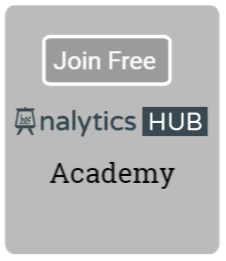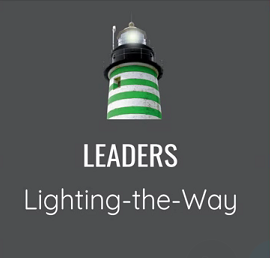QlikView training is the ONE thing this blog is focused on. It is the crossroad where my passion meets creativity as evident by countless emails I get from readers of this little blog.
As 2015 is in the rear view mirror, I want to express my gratitude to anyone who has taken time to visit this blog and to inspire me to focus on our collective pursuit to become awesome at ONE and only ONE thing — QlikView development.
That said, I want to reflect on the contribution of countless QlikView bloggers who selflessly shared their knowledge with all of us, to enhance our knowledge, to help us build better visualizations, to help us create dashboards that tell stories.
If your busy schedule kept you from enhancing your QlikView knowledge, your are not alone!
My humble effort is to take you to quick journey back in the time.. 2015 and help you learn from the best.
Articles:
- The Set Analysis is a commonly used tool when creating advanced formulas in Qlik Sense or QlikView. But why is it called “Set Analysis”? And why are there so many curly brackets? — Henric Constrom
- Using the Qualify statement adds the table name as a prefix to the field name. For me this was helpful because I did not want to create synthetic tables in my data model. I simply wanted to compare the data in the two tables to see if they were the same before I added it to my data model. — Jennell McIntire
- In the QlikCommunity forum I have often seen people claim that you should minimize the number of hops in your Qlik data model in order to get the best performance. — Henric Constrom
- A new Qlik Sense training video uses a tired old-school Master Calendar script. I propose that updated training materials should use an updated script. — Rob Wunderlich
- In this video, I’ll show you how to optimize the QlikView search functionality on large datasets. Search object works fast with small datasets but free search is relatively slow on large datasets. I’ll show you a simple technique which is easy to customize yet works fast. — Deepak Vadithala
- Today I will show you one of the most powerful –yet underused– chart for analyzing data: the histogram. Even though it is easy to create it I haven’t seen a lot of developers take advantage of it. — Julian VillaFuerte
- QlikView is one of those products that is quick to get started with, but takes years of putting things into practice to really get skilled in. So, how can you boost your skills to become a Qlik Expert? There are a number of great resources for learning Qlik products, both on-line and off. This post aims to point you towards some of those resources. — Steve Dark
- Last week I wrote about how the Above() function can be used for calculating rolling averages and other accumulations. There is however also an alternative method for doing the same thing: The As-Of table. — Henric Constrom
- In my presentation, I identify some potential use cases for macro’s and discuss if these are a good idea. Next, I share some tips on developing and debugging your macro’s. There are a lot of myths around macro’s, so I have taken a look at which ones are actually true. The presentation concludes with an overview of some of the cool macro’s that are already out there. — Barry Harmsen
- The earliest recorded case of a Polar chart was the one created by Florence Nightingale in 1858 to demonstrate the causes of mortality in and around the Crimean campaign. — Stephen Redmond
Books:
I enjoyed reading these three books past year.
- QlikView Your Business by Oleg Troyansky
- Creating Stunning Dashboards with QlikView by Julian Villafuerte
- Now You See It: Simple Visualization Techniques for Quantitative Analysis by Stephen Few
Developer’s Group:
Last year, I co-founded a QlikView developers’ group in Atlanta and soon it joined the ranks of a global developers’ group. Join one of the nearby groups to build your QlikView network and to definitely spruce up your QlikView and Qlik Sense knowledge.
Online QlikView Training:
Besides my udemy QlikView developer and designer courses, Deepak Vadithala and I just launched a QlikView server administration course. At Vertechs, three points converge — learn, teach and inspire.
Our noble mission is to teach you QlikView server administration and together we can help educate poor kids and make difference in their lives with donation.
Use this URL to enroll:
https://www.udemy.com/qlikview-server-and-publisher/
Please contact us for discounts.




